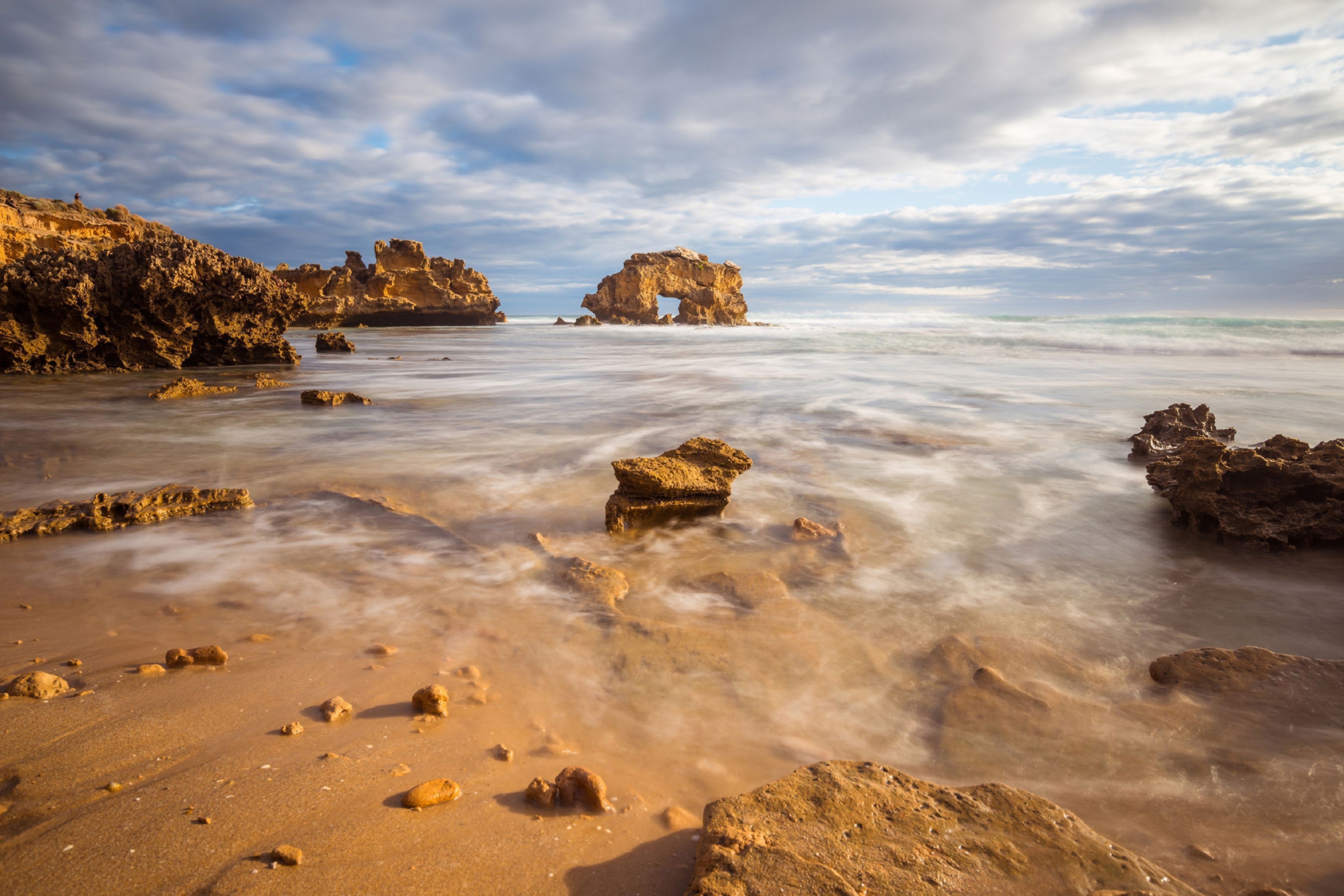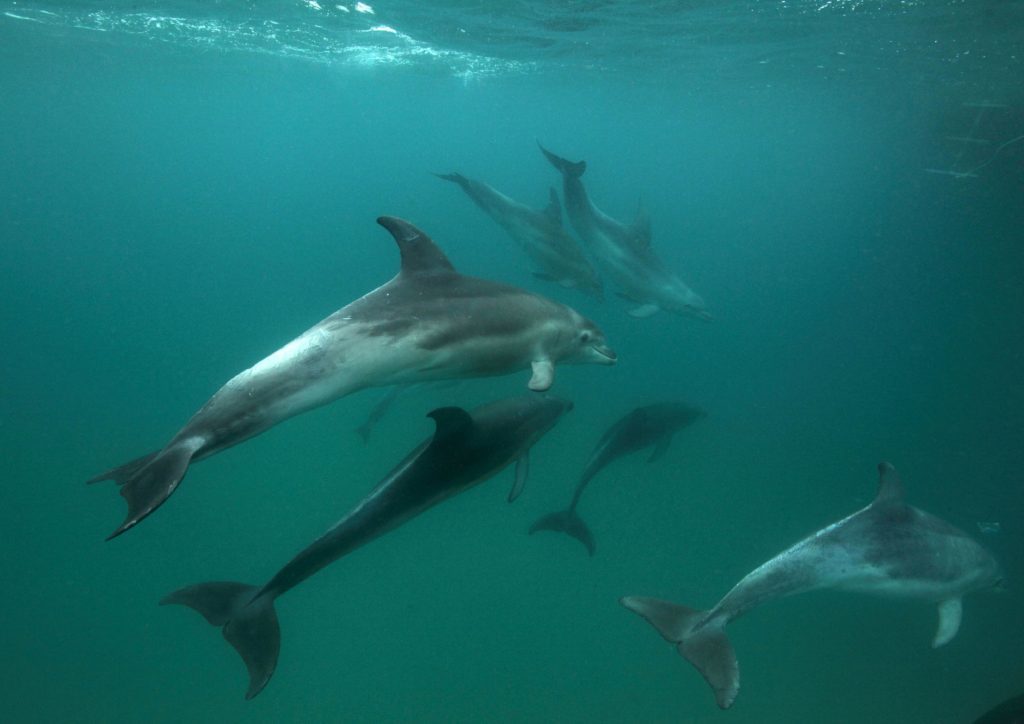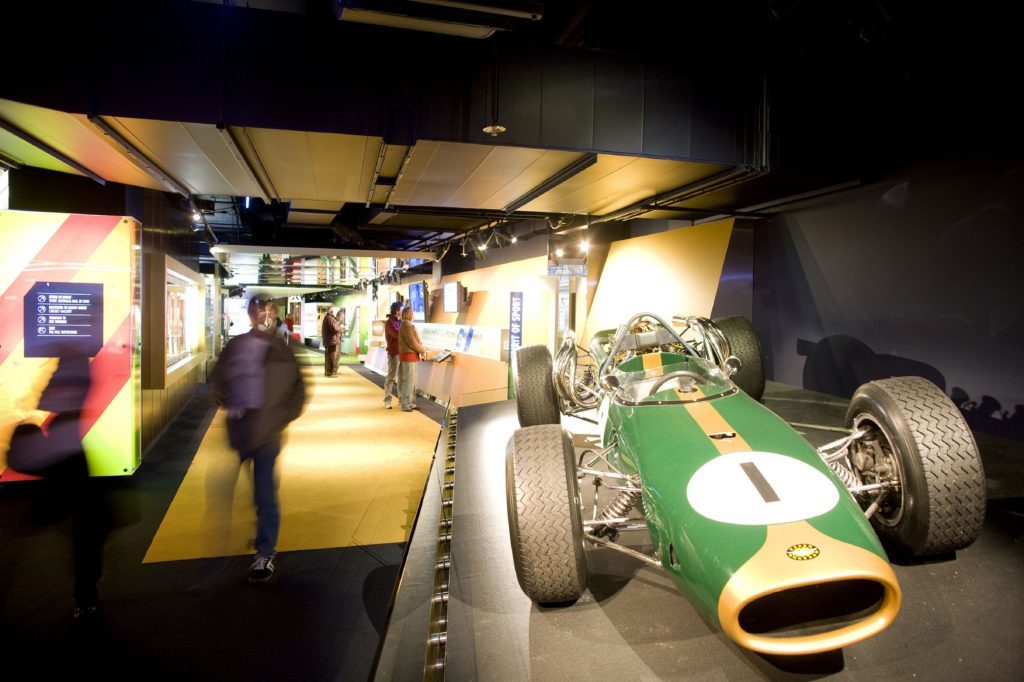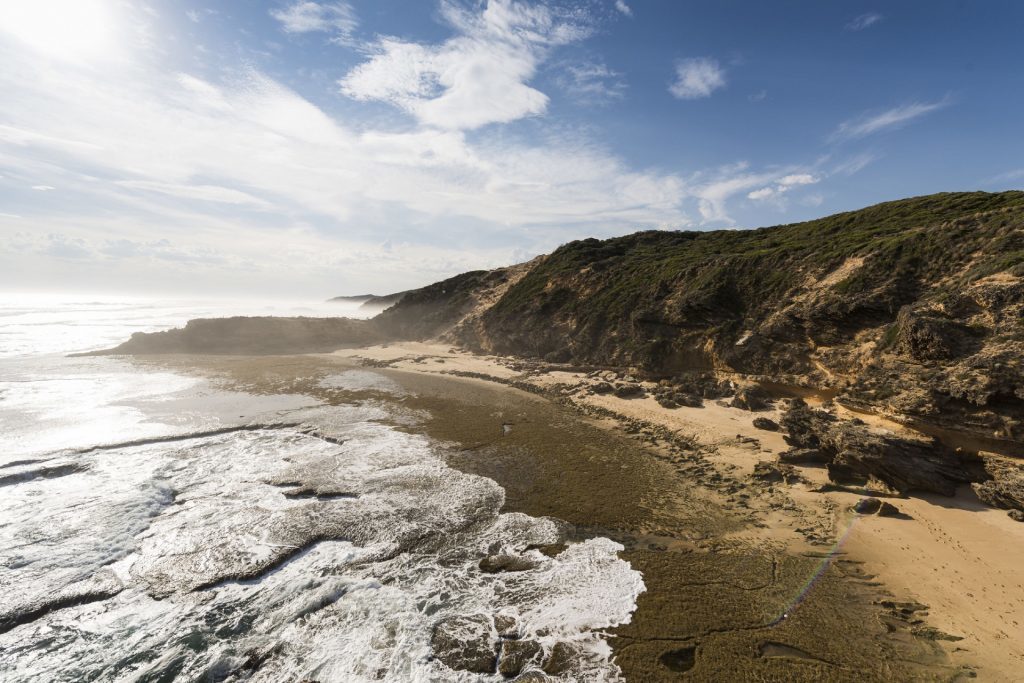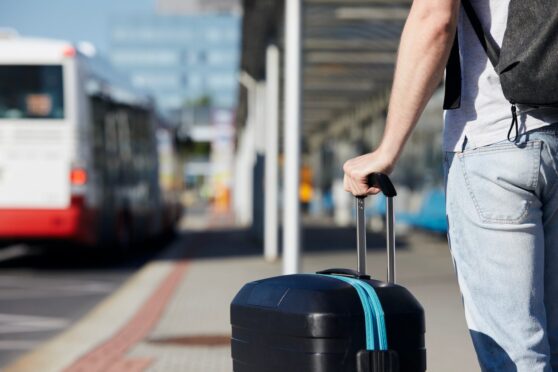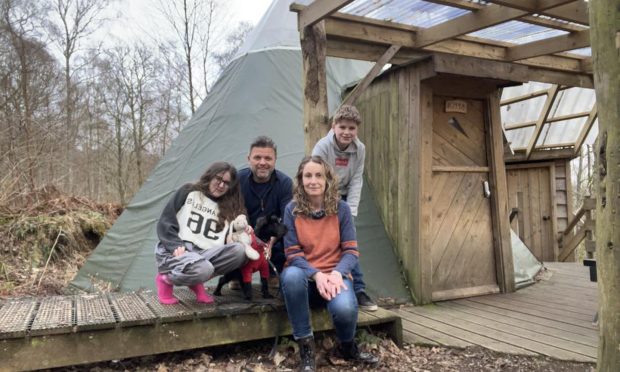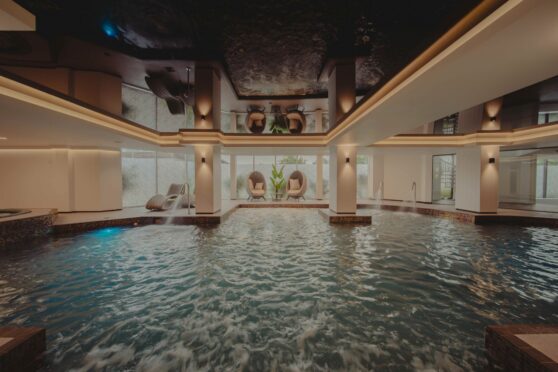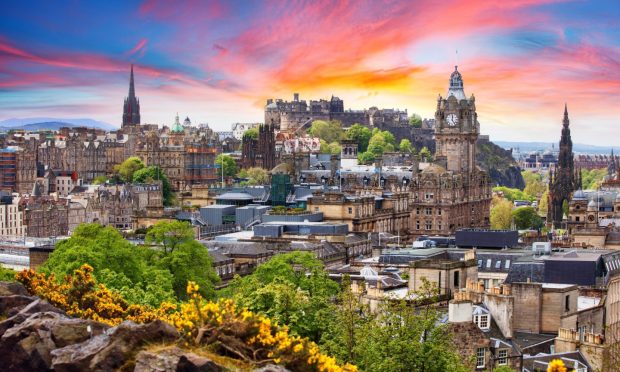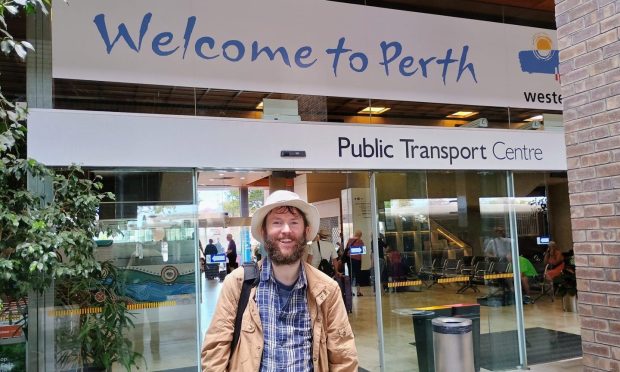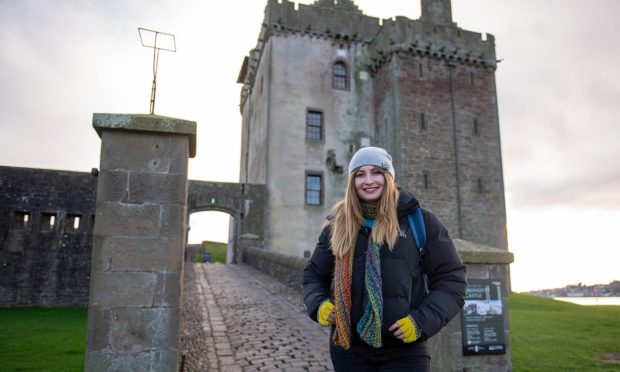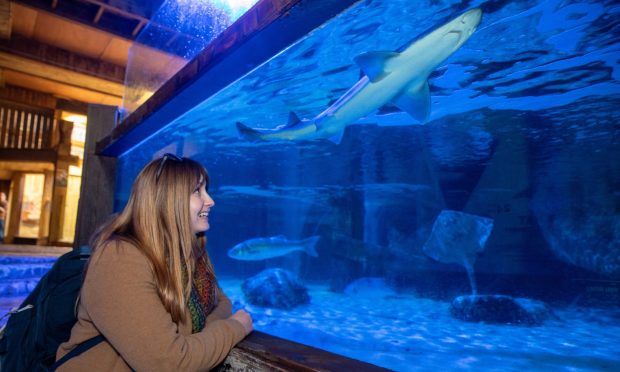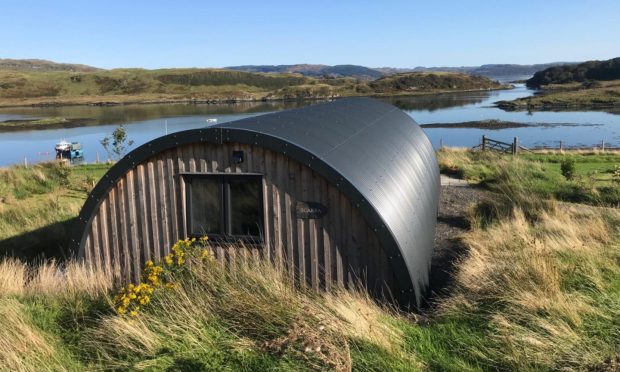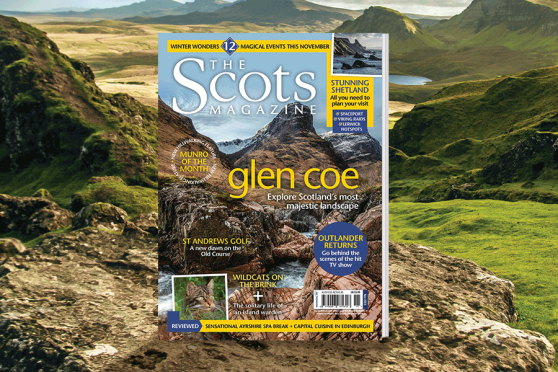The 2017 Ashes Series has recently been announced. Karen Bowerman recommends how to plan a sporting break in one of the host cities, Melbourne
My guide, James, pauses, to show me “the best view” of Melbourne Cricket Ground. Through a gap in the stadium’s seats, there’s a strip of rich, green grass and during season, James tells me, the pitch is cut daily, to keep it exactly 12 and a half millimetres high.
Soon, he says, a 20m length of turf, grown off site, will be transported in its entirety, and “inserted” into the arena for the Ashes. Melbourne was the first club in the world to have a portable cricket pitch and is very proud of it.
The club also has a unique museum. Besides newspaper cuttings and photos, there’s even crockery and sheet music with a cricket theme.
Knowing England are the current holders of the Ashes, I can’t help asking, a little cheekily, if I can see the trophy.
James gives a wry smile, and shows me, instead, something from the first Test match at the Oval, in 1882. In all the euphoria, no one noticed that the Australian wicketkeeper, Jack Blackham, had pocketed the ball…
Besides offering stadium and club tours, Melbourne Cricket Ground is also home to the National Sports Museum. There’s an impressive display of Olympic torches (the Games were held at the ground in 1956) and galleries devoted to tennis, soccer and netball.
It doesn’t take long to realise that Melbourne, on Victoria’s south coast, lives and breathes sport. It hosts the Ashes, the Australian Open (tennis), the Melbourne Cup (horse racing) Formula One Grand Prix and Australian Rules Football.
If you’re visiting, there’s plenty for a sport-filled holiday too, with hiking, diving and surfing on the nearby Mornington Peninsula, a 90-minute drive away.
Central Melbourne also has lots of cycle paths, so I hire a bike (there are several rental shops and a city bike share scheme similar to London’s Boris bikes) and set off from Federation Square, home to ACMI (the Australian Centre for the Moving Image) and the Ian Potter Centre, a gallery dedicated exclusively to Australian Art.
I follow a path along the Yarra River and cross into parkland on the south bank. From there, I cycle to the city’s Shrine of Remembrance, dedicated to servicemen killed in WWI. Each year, at 11am on November 11, a shaft of light shines through an opening in the ceiling, illuminating the word “love” on the stone of remembrance inside.
Heading back towards the city is an easy, well-marked route, and since Melbourne is flat and compact, it’s a great way to combine sightseeing and a little exercise.
WHERE TO STAY
:: Ovolo Laneways, www.ovologroup.com
Located in Melbourne’s Central Business District (CBD), just minutes from Federation Square, Ovolo Laneways is quirky, modern and fun.
There’s free Wi-Fi, a free guest laundry (detergent provided) and free Happy Hour drinks on the terrace.
Rooms range from studios to a penthouse suite with an outside Jacuzzi. They have a classy, contemporary feel with welcome snacks and a complimentary minibar (wine, beer, water and juices) replenished daily.
Double rooms from 329 AU dollars (around £189 per night), including breakfast.
WHERE TO EAT
:: St Crispin, www.saintcrispin.com.au
St Crispin’s in Collingwood, a small neighbourhood northeast of the city (take tram 86 from the centre), offers “Little Bites” such as Port Phillip scallops, along with five and seven-course tasting menus and an a la carte option. Located in an old cobbler’s, this award-winning restaurant took its name from the trade’s patron saint.
The restaurant is light and airy with high ceilings and a large bar. The atmosphere is casual, leisurely and laidback, with waiters finding plenty of time to chat.
Mains include glazed beef neck with beetroot and black barley, and swordfish with watercress noodles, mussels and prawns. Two courses: 50 AU dollars (about £30), three courses 65 AU dollars (approx £40).
:: Embla, www.embla.com.au
Recently opened Embla, in the city centre, is primarily a wine bar, but it has also won recognition for its food.
It’s long and narrow with painted brick walls, wooden beams and a wooden bar. The atmosphere is buzzing, with a bistro-feel and a youthful vibe.
The restaurant doesn’t take bookings for dinner, and is almost always full, so unless you’re lucky enough to grab one of the tables at the front, you’ll probably have to squeeze into a row of banquette seating at the back, next to the small open kitchen.
The emphasis is on traditional cooking with simple flavours. Most plates are designed for sharing. Main dishes: 17-37 AU dollars (between £10 and £25).
WHERE TO DRINK
:: The Garden State Hotel, www.gardenstatehotel.com.au
This sprawling, four-level watering hole in Flinders Lane (one of the main foodie streets of Melbourne’s CBD) offers a wide range of beers, plus wine, champagne and cocktails. The 130-year-old building is a former saw mill.
Its multi-level Beer Garden has wooden tables set among fig trees, while the subterranean Rose Garden serves cocktails in an eclectic saloon decorated with roses in vintage vases. There’s also a traditional public bar with booths and fireplaces.
:: Koko Black Cafe, www.kokoblack.com
Melbourne is known as the coffee capital of Australia and there are independent coffee shops everywhere. For a caffeine fix – and hand-crafted chocolates – in historic surroundings, try the family-run Koko Black in Collins Street.
A winding, wooden staircase leads to an upstairs cafe. Relax in leather sofas with a coffee or a cup of rich hot chocolate. Try chilli hot chocolate or a traditional variety, flavoured with hazelnut or cinnamon.
WHAT TO DO
:: Go surfing
The Mornington Peninsula, 70km southeast of the city, offers good surfing. Beginners should try the gentler waves off Sorrento beach or join classes at Point Leo and Shoreham. Gunnamatta offers some of the best waves for experienced surfers, while the famed breaks of Bells Beach are where the Rip Curl Pro is held every Easter.
If you fancy a lesson, try Salty Surf School (www.saltysurfschool.com). Two-hour group classes cost 60 AU dollars per person (about £35).
:: Discover Hidden Melbourne, www.hiddensecretstours.com
Melbourne is known for its laneways (alleyways) and historic shopping arcades. Join a walking tour to discover more. Our guide, Nicholas Jones, took us to the Block Arcade in Collins Street, with its vaulted roof and mosaic floor, and the Royal Arcade in Bourke Street, which was once a Turkish bath house.
TRAVEL FACTS
:: For more information on the destination, visit www.visitmelbourne.com, www.visitvictoria.com and www.australia.com
:: For information on the release of tickets for the 2017 Ashes series, log on to www.cricket.com.au/ashes
:: Etihad Airways (www.etihad.com) operates daily flights from London Heathrow to Melbourne. Economy tickets start from around £1,040 return.
